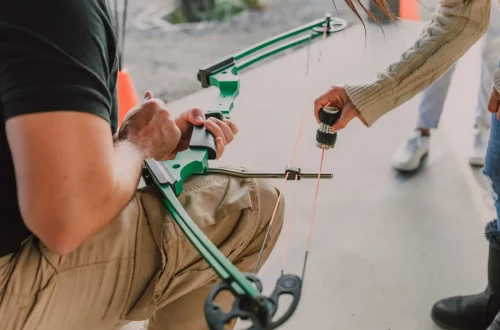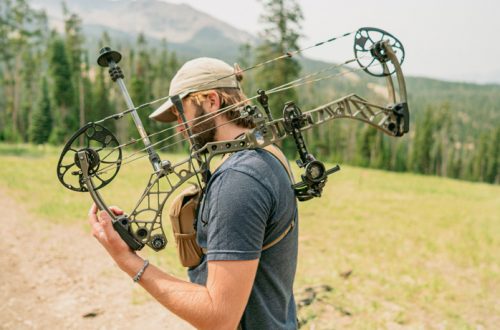
Common bow hunting mistakes to avoid
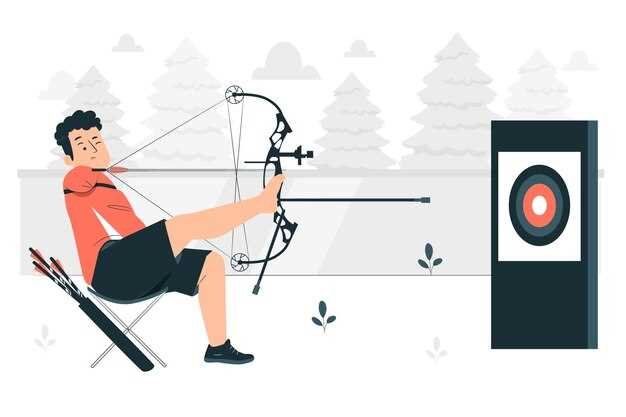
Bow hunting offers a unique and challenging experience, appealing to both seasoned hunters and beginners alike. However, for those just starting in this demanding sport, the journey can often be marred by common errors that impact success rates and overall enjoyment. Understanding these pitfalls is crucial for any aspiring bow hunter who wants to make the most of their time in the field.
One of the most significant mistakes beginners make is not investing enough time in practicing their shooting skills. Mastering the basics, such as form, breath control, and aim, is essential to ensure accuracy when it counts. Additionally, many novice hunters overlook the importance of proper equipment selection, which can greatly influence their effectiveness in the field. Choices surrounding bow type, arrow selection, and accessories should not be taken lightly.
Furthermore, understanding animal behavior and the specific environment in which one is hunting is vital. Beginners often fail to research the best hunting techniques for the species they target, leading to missed opportunities and frustration. By taking the time to learn, prepare, and reflect on these common errors, novice hunters can enhance their skills and ultimately enjoy a more rewarding bow hunting experience.
Choosing the Right Bow and Equipment for Beginners
When starting out in bow hunting, selecting the right bow and equipment is crucial for success and enjoyment. Beginners should consider several key factors to ensure they choose a suitable bow that meets their needs.
The first step is to decide on the type of bow. In general, there are three main types: compound bows, recurve bows, and traditional bows. Compound bows are popular among beginners due to their ease of use and let-off feature, allowing hunters to hold a lighter draw weight at full draw. Recurve bows offer simplicity and a more traditional feel, while traditional bows cater to purists who appreciate the challenge of archery.
Next, determining the correct draw weight is essential. For beginners, a draw weight between 30 to 45 pounds is often recommended. This range provides a good balance of power and manageability. It’s important to test various weights to find what feels comfortable and allows for proper form.
Additionally, the bow’s length should match the archer’s size and arm span. A simple rule of thumb is to use a bow that fits comfortably in hand and allows for smooth draw motions. Consult a professional at a local archery shop for assistance in selecting the right size.
Aside from the bow itself, beginners need essential accessories such as arrows, a release aid, and protective gear. Arrows should be compatible with the chosen bow and be of appropriate length and weight for optimal performance. A quality release aid can enhance accuracy, while finger tabs or gloves protect against string abrasion.
Finally, consider investing in a good quiver to store arrows safely during hunts and a sturdy bow case for transport. Familiarizing yourself with maintenance techniques, such as tuning and changing strings, is also important for long-term bow performance.
By carefully selecting the right bow and equipment, beginners can avoid common mistakes and enhance their bow hunting experience, ultimately leading to greater enjoyment and improved skills in the field.
Understanding Proper Stance and Grip Techniques
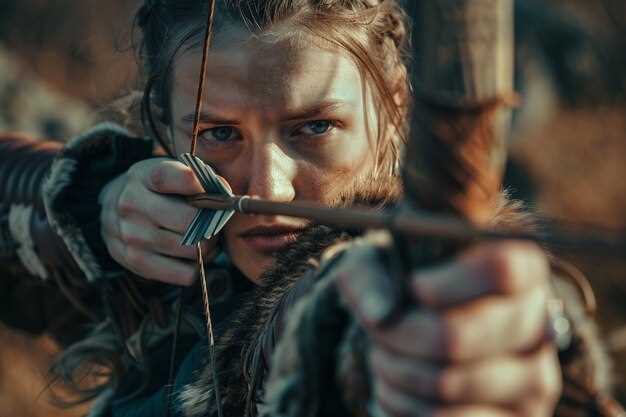
In bow hunting, mastering your stance and grip is crucial for accuracy and consistency. As a beginner, establishing a solid foundation will greatly enhance your performance. Start with your feet shoulder-width apart, ensuring your weight is evenly distributed. This position provides stability and balance, allowing for better control when drawing the bow.
Engage your core muscles to maintain a steady posture. Your knees should be slightly bent, which helps absorb any shifts in weight and offers flexibility during the shot. Position your body perpendicular to your target, aligning your shoulders and hips to prevent twisting. This alignment aids in directing your energy towards the shot, rather than wasting it on unnecessary movements.
When it comes to grip, your dominant hand should hold the bow with a relaxed yet secure grasp. Avoid squeezing tightly, as this can lead to trembling and affect aim. Instead, focus on a light grip with your wrist straight and relaxed. This technique allows for a better feel of the bow, which is essential for smooth releases.
Your other hand, which draws the string, should also maintain a relaxed posture. Position your fingers properly, using either a three-finger grip or a string release, depending on your preference. Consistency in your grip is vital; practice will help you find the most comfortable and effective technique for your style of hunting.
In summary, adopting the right stance and grip in bow hunting not only enhances shooting accuracy but also builds confidence for beginners. Regular practice will help in internalizing these techniques, making them second nature when you’re out in the field.
Avoiding Overconfidence: Tips for Accurate Shot Placement
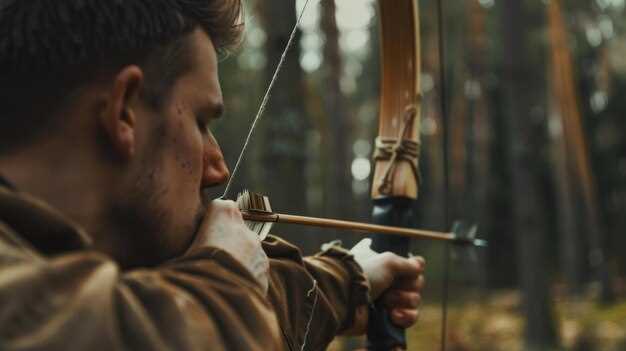
Overconfidence can lead to critical errors in bow hunting, particularly for beginners. Understanding the anatomy of your target and making precise calculations are essential for improving shot accuracy. Focusing on proper shot placement can make the difference between a successful hunt and a lost opportunity.
Study Animal Anatomy: Knowledge of where vital organs are located is crucial. Familiarize yourself with the heart, lungs, and other critical areas that will ensure a quick and humane kill. Use diagrams or anatomical charts to help you visualize correct shot placement regularly.
Practice Under Varying Conditions: Do not limit your practice to perfect scenarios. Set up targets at different distances and angles to simulate real hunting situations. This practice helps build confidence while reinforcing the need for calculated shots.
Utilize Rangefinders: Many beginners underestimate the importance of accurate distance measurements. A rangefinder can help you gauge how far away your target is, allowing for more precise adjustments to your aim, particularly when hunting in variable terrain.
Visualize Your Shot: Before releasing your arrow, take a moment to visualize where you want it to land. This mental rehearsal can help you avoid common errors associated with overconfidence, such as rushing your shot or misaligning your bow.
Reflect on Past Experiences: After each hunt, think about what went well and what could be improved. Learning from mistakes is vital for growth in bow hunting. Consider keeping a journal to track your progress, noting instances where confidence may have led to poor shot placement.
By remaining humble and consistently improving your skills, you can significantly reduce the likelihood of errors in bow hunting and ensure more ethical and effective kills.


